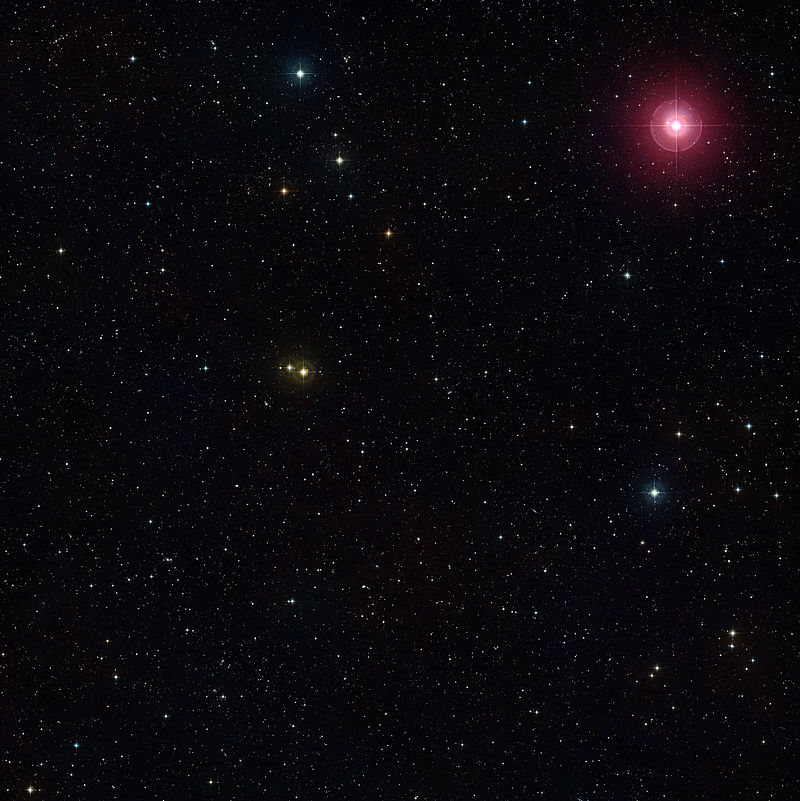Carbon stars
A carbon star is a late-type star similar to a red giant (or occasionally to a red dwarf) whose atmosphere contains more carbon than oxygen; the two elements combine in the upper layers of the star, forming carbon monoxide, which consumes all the oxygen in the atmosphere, leaving carbon atoms free to form other carbon compounds, giving the star a "sooty" atmosphere and a strikingly ruby red appearance.
In normal stars (such as the Sun), the atmosphere is richer in oxygen than carbon. Ordinary stars not exhibiting the characteristics of carbon stars but cool enough to form carbon monoxide are therefore called oxygen-rich stars.
Carbon stars have quite distinctive spectral characteristics, and they were first recognized by their spectra by Angelo Secchi in the 1860s, a pioneering time in astronomical spectroscopy.
Wikipedia
P. Angelo Secchi SJ: Theologian and Astronomer
 |
| "Angelo Secchi". Licensed under Public Domain via Commons |
Italian Jesuite and astronomer Pietro Angelo Secchi SJ (1818 – 26 February 1878) was Director of the Observatory at the Pontifical Gregorian University (then called the Roman College) for 28 years. He was a pioneer in astronomical spectroscopy, and was one of the first scientists to state authoritatively that the Sun is a star.
Mira variables
 |
| Mira "A Wide-field view of the sky around a field studied in the MASSIV survey" by DSS 2/ESO - .Licensed under CC BY 4.0 via Commons |
Mira variables, named after the prototype star Mira, a red giant star estimated 200–400 light years away in the constellation Cetus.
These are a class of pulsating variable stars characterized by very red colours, pulsation periods longer than 100 days, and amplitudes greater than one magnitude in infrared and 2.5 magnitude at visual wavelengths.
They are red giants in the very late stages of stellar evolution, on the asymptotic giant branch, that will expel their outer envelopes as planetary nebulae and become white dwarfs within a few million years.
Mira variables are stars massive enough that they have undergone helium fusion in their core but are less than two solar masses, stars that have already lost about half their initial mass. However, they can be thousands of times more luminous than the Sun due to their very large distended envelopes.
They are pulsating due to the entire star expanding and contracting. This produces a change in temperature along with radius, both of which factors cause the variation in luminosity. The pulsation depends on the mass and radius of the star and there is a well-defined relationship between period and luminosity (and colour).
The very large visual amplitudes are not due to large luminosity changes, but due to a shifting of energy output between infra-red and visual wavelengths as the stars change temperature during their pulsations.
Wikipedia
No comments:
Post a Comment